The art of violin vibrato is one of the most expressive techniques a string player can master. Unlike the rigid precision required for intonation or bow control, vibrato breathes life into notes, adding warmth and emotional depth to performances. However, achieving a refined and controlled vibrato is no simple feat—it demands patience, deliberate practice, and a deep understanding of the mechanics behind the motion. Many violinists spend years refining their vibrato, moving through distinct phases of development as they transition from basic oscillations to nuanced, artistically intentional fluctuations in pitch.
Understanding the foundational mechanics of vibrato is crucial before diving into advanced training. At its core, vibrato is a slight, rapid variation in pitch produced by rocking the finger back and forth on the string. The motion originates from the wrist or arm, depending on the type of vibrato being employed. Wrist vibrato, often favored for its agility, involves a controlled pivoting motion, while arm vibrato relies on a broader movement from the elbow. Finger vibrato, though less common, utilizes a subtle rolling motion of the fingertip. Each method has its place in a violinist’s toolkit, and advanced players often blend them seamlessly to match the phrasing and emotional demands of the music.
Developing a fluid and consistent vibrato begins with isolating the motion itself. Many pedagogues recommend practicing vibrato without the bow initially, focusing solely on the left hand’s movement. This allows the player to concentrate on the evenness and control of the oscillation without the added complexity of bow coordination. A useful exercise involves placing the first finger on a note and gently rocking it back and forth, ensuring the motion is smooth and uninterrupted. The goal is not speed but rather uniformity—each oscillation should mirror the last in width and rhythm. Over time, this foundational exercise builds muscle memory, paving the way for more sophisticated applications.
As players progress, integrating vibrato into scales and études becomes essential. Scales, often viewed as mundane, transform into vibrant exercises when vibrato is applied deliberately. Practicing scales with a slow, wide vibrato helps develop control, while faster, narrower oscillations prepare the hand for quick passages in repertoire. Études, particularly those by Kreutzer or Fiorillo, offer structured opportunities to experiment with vibrato in musical contexts. The key is to remain mindful of the vibrato’s role—whether it serves to heighten tension, soothe a lyrical line, or add brilliance to a technical passage. This intentionality separates a mechanical vibrato from one that sings with purpose.
One of the most challenging aspects of advanced vibrato training is mastering transitions between different types of vibrato. In a single phrase, a violinist might begin with a slow, wide arm vibrato before shifting to a quicker wrist vibrato for increased intensity. These shifts must be imperceptible to the listener, flowing naturally as part of the musical narrative. To cultivate this skill, players can isolate troublesome passages, experimenting with various vibrato speeds and widths until the transitions feel effortless. Recording and listening back to these practice sessions can provide invaluable feedback, revealing inconsistencies or abrupt changes that might otherwise go unnoticed.
The emotional dimension of vibrato cannot be overlooked. While technical precision is vital, vibrato ultimately serves the music’s expressive needs. Advanced players often study recordings of renowned violinists, analyzing how artists like Heifetz or Hahn employ vibrato to convey different moods. A haunting melody might call for a restrained, narrow vibrato, while a triumphant passage could demand a bold, sweeping motion. Experimentation is key—players should allow themselves the freedom to explore extremes, from almost no vibrato to an intense, throbbing oscillation. Over time, these explorations lead to a more intuitive and emotionally resonant vibrato.
Finally, maintaining flexibility and avoiding tension is critical for long-term vibrato development. Many violinists, especially those pushing their technique to new heights, fall into the trap of forcing the motion, resulting in a stiff or uneven sound. Regular stretching and relaxation exercises for the left hand can prevent this. Additionally, revisiting basic vibrato exercises with a focus on ease of movement helps counteract any creeping tension. The finest vibrato feels as natural as breathing, a reflex that enhances rather than hinders the music.
Vibrato is a lifelong study, evolving alongside a violinist’s artistic growth. What begins as a mechanical exercise matures into a deeply personal signature, a fingerprint of the player’s musical identity. The journey from tentative oscillations to confident, expressive vibrato is fraught with challenges, but the rewards—moments where technique and emotion merge into something transcendent—make every step worthwhile.
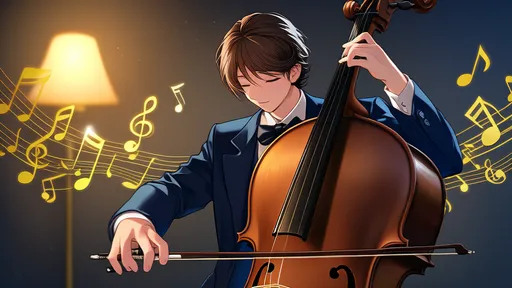
By /Jul 9, 2025

By /Jul 9, 2025

By /Jul 9, 2025
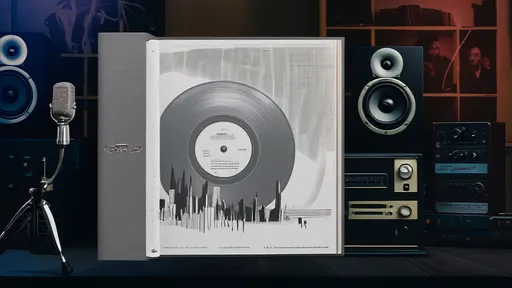
By /Jul 9, 2025

By /Jul 9, 2025

By /Jul 9, 2025

By /Jul 9, 2025

By /Jul 9, 2025

By /Jul 9, 2025

By /Jul 9, 2025
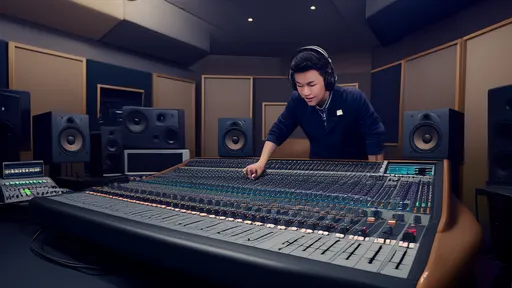
By /Jul 9, 2025
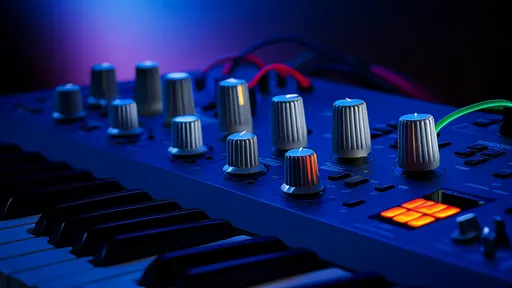
By /Jul 9, 2025
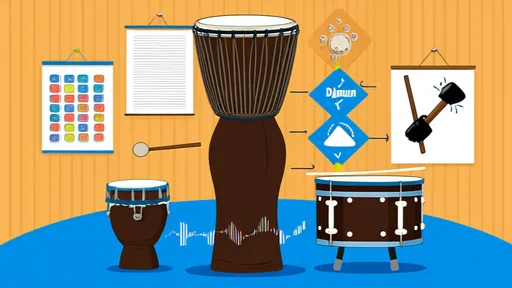
By /Jul 9, 2025
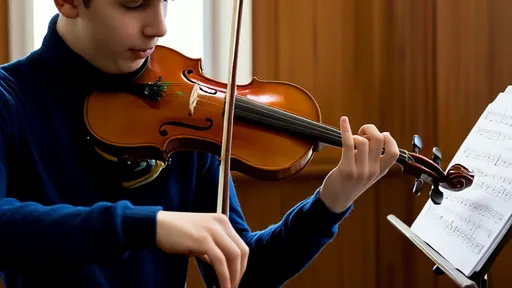
By /Jul 9, 2025
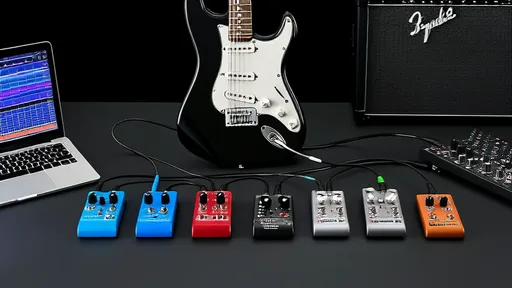
By /Jul 9, 2025

By /Jul 9, 2025
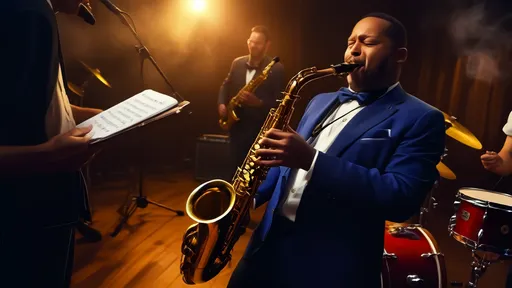
By /Jul 9, 2025
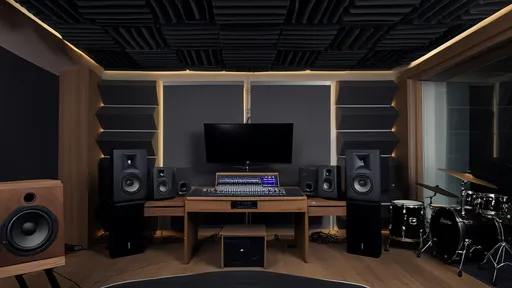
By /Jul 9, 2025